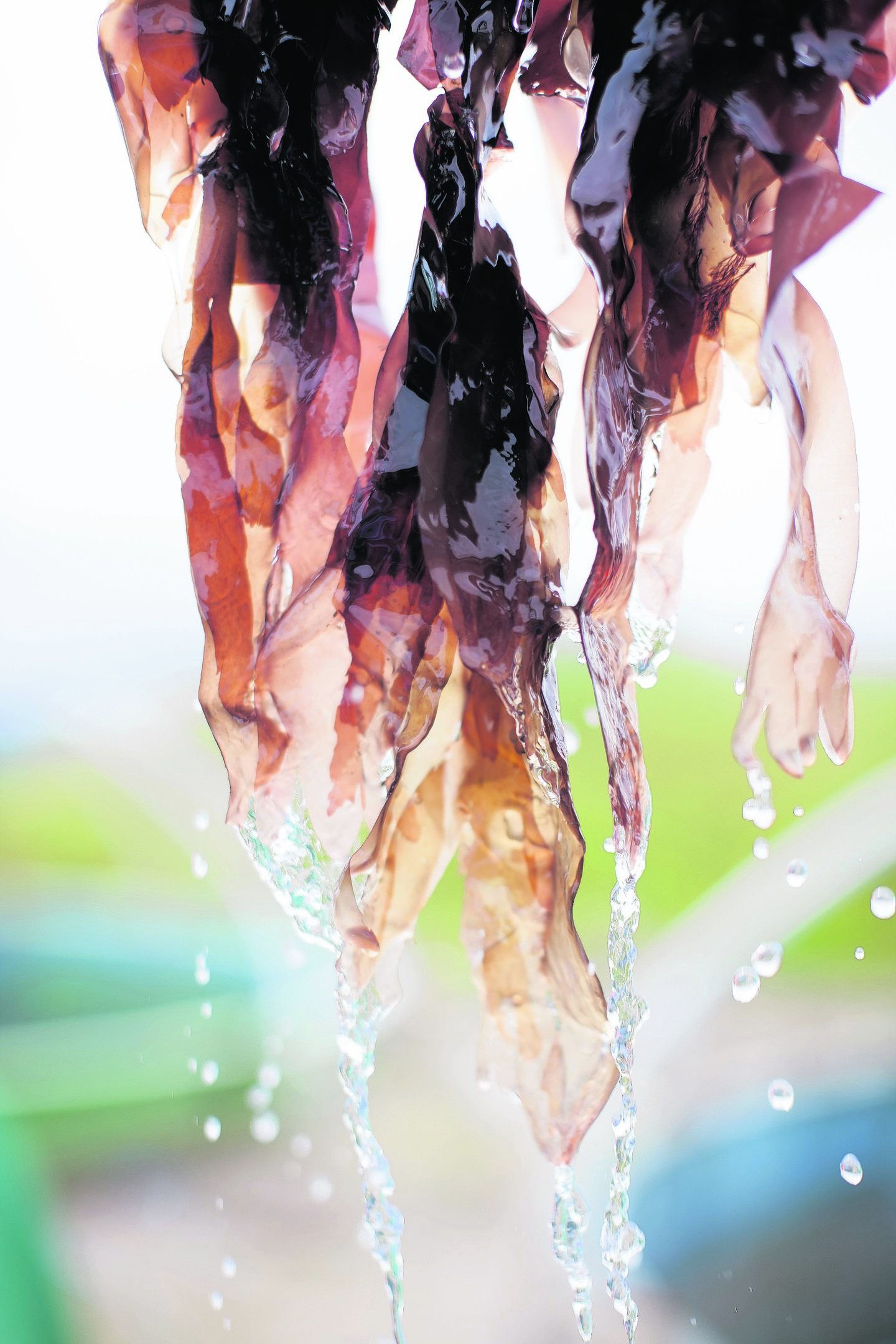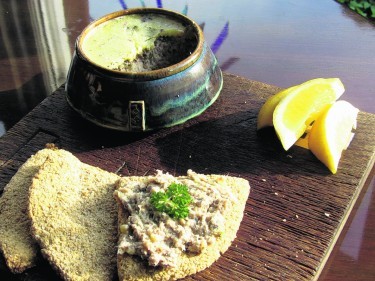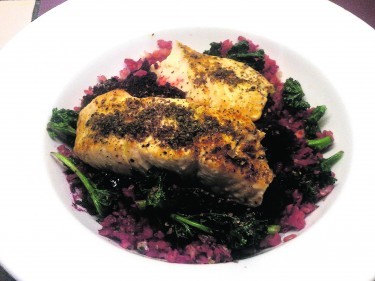From edible vegetable soil to craft ice cream and digital dining, the culinary world has seen its fair share of interesting and intriguing new movements; but in 2015, Scotland is set to lead the next global trend with the re-emergence of an ancient and highly nutritional natural ingredient; Scottish seaweed.
VisitScotland has been working closely with the Scottish food and drink industry, along with culinary education specialists and seaweed experts Mara Seaweed, to uncover the next big thing in the foodie world. With its wonderful health benefits, natural abundance, and great taste informed by Scotland’s landscape, seaweed use in fine dining and everyday cooking is set to continue to increase throughout the world.
This rise can partly be attributed to the nutritional attributes of seaweed; it offers one of the broadest range of minerals of any food on the planet.
Queen Margaret University in Edinburgh has been conducting extensive research into the health benefits of Scotland’s natural larder.
Dr Jane McKenzie said: “Scottish seaweed contains a wide range of vitamins and minerals. Variety is important in ensuring a good nutritional intake and seaweed is a versatile option for including throughout the diet.
“Manufacturers can use seaweed as a healthy option for replacing the salt added to processed foods. As a result, seaweed may ultimately contribute towards reducing the risk of chronic disorders, particularly those related to high blood pressure and poor dietary habits.”
Based on Edinburgh’s rugged coastline, is a small family -run company which specialises in hand foraging. As the demand for seaweed grows, so has Mara’s impressive list of partners, including chef and P&J food writer Michael Smith, formally of the Michelin-starred Three Chimneys.
Visitors to Scotland can forage, taste and buy Mara Seaweed in various locations throughout the country. These include Edinburgh Castle, the Scotch Whisky Experience on the Royal Mile, Archerfield Walled Garden in East Lothian, Balgove Larder in Fife, Gretna Green food hall in the Scottish Borders, and Jessie’s Kitchen Café in Dundee and Angus.
Visitors can also visit the pristine coastlines where the seaweed is harvested, with foraging taking place on both the west and east coasts of Scotland.
When asked why Scotland’s seaweed is so noteworthy, Mara’s chief seaweed harvester Rory Macphee said: “In Scotland we have an ideal habitat for seaweed. Firstly the low human density and reduced activity in the coastal zone results in purer waters. Secondly, seaweed is mineral greedy and Scotland’s fearsome tides are exactly what seaweeds need for high nutrient exchange.”
Some recipes to try at home:
MACKEREL PATE WITH SHONY SEAWEED BUTTER
A simple and nutritiously delicious snack or starter. Shony seaweed is a mineral powerhouse which is used to season this dish and complement the omega 3s, fibre, vitamin D and Cs coming from the mackerel, oatcakes and lemon.
SERVES 6
3 mackerel fillets (peppered or plain)
1 tbsp of natural yoghurt
Juice half large lemon, or to taste
100g of butter
3 tsp of Mara Shony seaweed
To serve:
Oat cakes or warm, crusty bread
Lemon wedges
Fresh parsley
oPut all the ingredients for the pate in a food processor and blitz until it is of a desired consistency. Transfer into a dish you want to serve it from. Leave a centimetre or so at the top so you can pour in the butter later.
oFor the seal, melt the butter (do not let it boil or burn) and add the shony.
oPour the melted butter and Shony over the pate.
oPut in the fridge to cool.
oServe with warm crusty bread or oat cakes, lemon wedges and parsley.
oA suggestion, if serving on oat cakes and not warm bread, leave the pate out until the butter seal has softened.
NUTRITIOUS GRILLED SALMON WITH DULSE
For a quick healthy evening meal: grilled salmon seasoned with Dulse and served with brown rice, beetroot and sweet potato puree.
SERVES 2
2x Salmon fillets
1 cup of brown rice
1 medium sweet potato
1 large beetroot
A few handfuls of Kale, spinach or choice of greens
2 tsp of Mara dulse seaweed
Olive oil
Soy sauce
Juice from half a lemon
Salt and pepper
Put two pans of water on to boil. One for the rice and one for the beetroot and sweet potato
Rinse the brown rice in cold water
Peel sweet potato and beetroot and chop into chunks
Drizzle the salmon with olive oil and season with pepper, lemon juice, a splash of soy sauce and a teaspoon of dulse on each.
Add rice to boiling water and leave for approximately 25 minutes or until soft enough. At the same time put the sweet potato and beetroot on to boil for approximately 20 minutes or until soft enough to blend.
Put the salmon fillets in the oven for approximately 20 minutes or until just cooked.
When beetroot and sweet potato are soft, drain off but keep some of the water as you can add this to the rice later to colour. Blend the beetroot and sweet potato together with either a hand held blender or in a food processor until it forms a puree. Add salt and pepper to season if desired.
Add the spinach, kale or greens to a pan of boiling water for a minute or two or alternatively just add in with the rice when it’s nearly cooked.
Drain the rice, take the salmon out of the oven.
Poor some of the beetroot and sweet potato water into the rice if you want to add some colour.
Plate up as desired with puree either on the side or underneath the salmon.
Wedge of lemon to serve.


